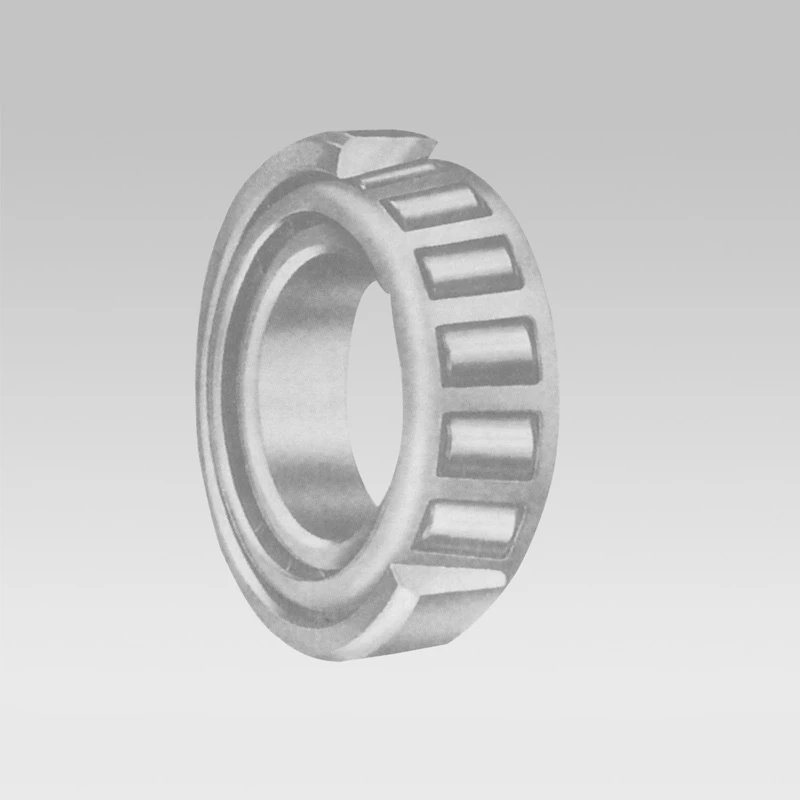
Nov . 08, 2024 19:06 Back to list
angular roller bearing
Understanding Angular Roller Bearings A Comprehensive Guide
Angular roller bearings are essential components in various mechanical systems, facilitating smooth rotation and reducing friction between moving parts. With their unique design and capabilities, these bearings play a critical role in many applications across industries such as automotive, aerospace, and manufacturing.
Structure and Design
Angular roller bearings consist of barrel-shaped rollers that are positioned at an angle to the axis of rotation. This design allows them to support both axial and radial loads, making them versatile for various applications. The key feature of these bearings is their raceways, which are the grooves where the rollers make contact. The angle of the rollers to the shaft allows for increased load carrying capacity and rigidity compared to traditional radial bearings.
The configuration of angular roller bearings can vary based on the intended use. They can be designed as single-row or multi-row bearings, with double-row configurations offering even greater load capacities. The specific angle at which the rollers are set can also be tailored, optimizing performance for particular applications.
Benefits of Angular Roller Bearings
1. High Load Capacity One of the primary advantages of angular roller bearings is their ability to support heavy loads. Their design allows for substantial axial and radial load handling, making them suitable for high-stress environments.
2. Alignment Capability The contact angle of the rollers enables angular roller bearings to manage misalignment effectively. This is particularly beneficial in applications where shaft deflection or misalignment is likely to occur.
3. Increased Rigidity The design provides high rigidity, which is crucial in applications requiring precise control and stability. This makes these bearings ideal for high-speed machinery and equipment.
4. Durability and Longevity Made from high-quality materials such as stainless steel or chrome steel, angular roller bearings are built to withstand harsh operating conditions. Proper lubrication and maintenance further enhance their service life.
angular roller bearing

5. Versatile Applications Angular roller bearings are used in various sectors, including automotive components like wheel hubs, industrial machinery, and even precision instruments where accuracy and performance are paramount.
Applications Across Industries
Angular roller bearings are found in numerous applications, reflecting their versatility
- Automotive Industry They are commonly used in vehicle axles, transmissions, and wheel bearings, ensuring smooth operation at high speeds and heavy loads.
- Aerospace In aviation, these bearings are crucial for engines and landing gear components, where weight reduction and reliability are vital.
- Industrial Equipment Manufacturers utilize angular roller bearings in conveyor systems, pumps, and gearboxes, where they help improve efficiency and performance.
- Robotics These bearings facilitate precise movements in robotic arms and other automated systems, contributing to operational accuracy and reliability.
Conclusion
Angular roller bearings are integral to modern machinery and equipment, offering high load capacity, rigidity, and versatility across various industries. As technology progresses, the demand for reliable bearings that can withstand extreme conditions continues to rise. Selecting the right angular roller bearing for a specific application is essential for optimizing performance and ensuring the longevity of mechanical systems. With ongoing advancements in bearing design and materials, the future looks promising for angular roller bearings, paving the way for even more innovative applications and enhanced performance in the mechanical world.
Latest news
-
Grooved Ball Bearing Design and Functionality
NewsJun.04,2025
-
Concrete Mixer Bearing Load Capacity Testing
NewsJun.04,2025
-
6004 Bearing Dimensions in Robotic Joint Designs
NewsJun.04,2025
-
Advantages of Single-Row Deep Groove Ball Bearings
NewsJun.04,2025
-
Applications of Deep Groove Ball Bearings in Automotive Systems
NewsJun.04,2025
-
Innovations in Bearing Pressing Machine Design
NewsJun.04,2025
